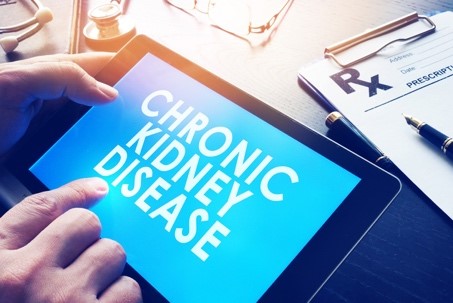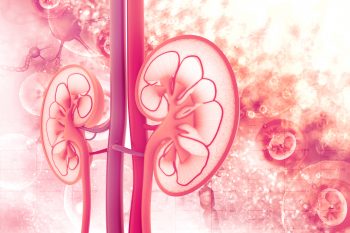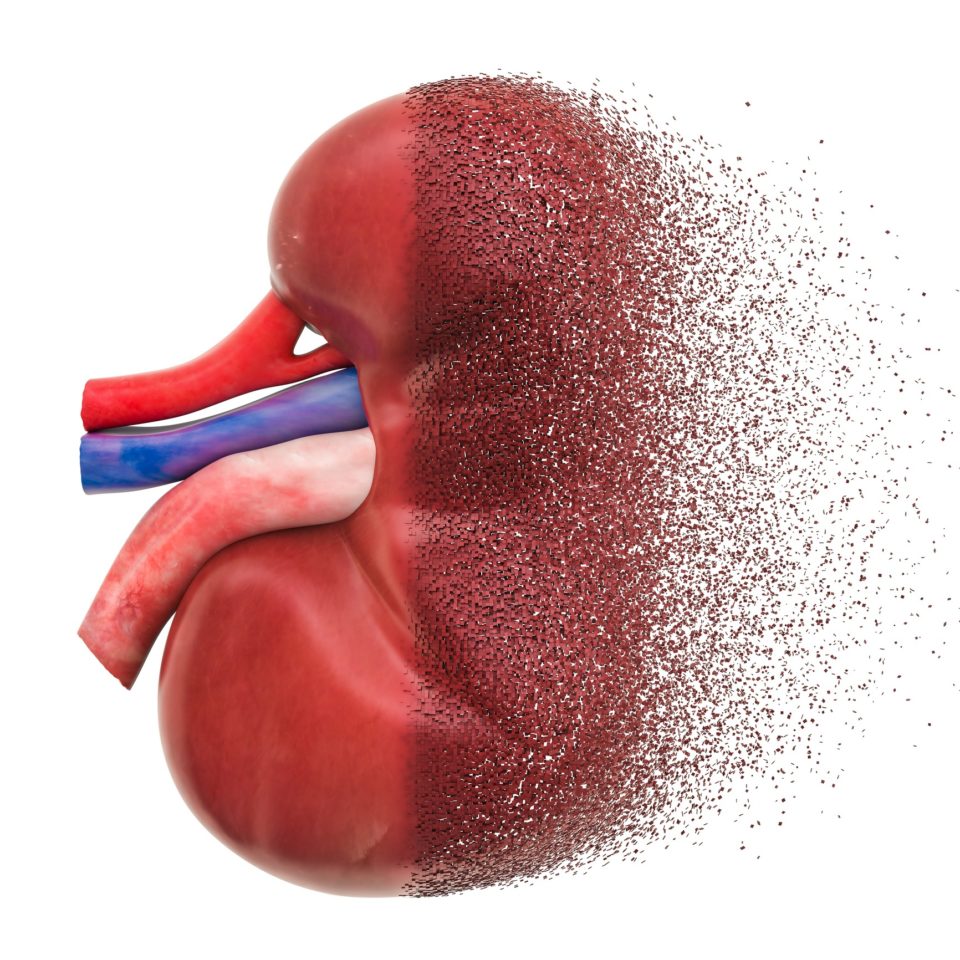
In the OLYMPUS trial, researchers examined the efficacy of roxadustat for the treatment of anemia in patients with non-dialysis dependent chronic kidney disease (NDD CKD). Roxadustat is an oral hypoxia–inducible factor prolyl hydroxylase inhibitor that stimulates erythropoiesis and improves absorption and utilization of iron. Efficacy results of the OLYMPUS trial, one of three trials for US and EU applications, were reported during an oral presentation at Kidney Week 2019. Safety results will be reported separately. The research team was led by Steven Fishbane, MD, of Northwell Health, Great Neck, New York.
The study population included patients with NDD CKD stages 3 to 5 and anemia, defined as hemoglobin (Hb) <10.0 g/L. Patients were randomized 1:1 to receive 70 mg oral roxadustat or placebo three times weekly. A dose adjustment algorithm was used to achieve and maintain Hb values of 10 to 12 g/L. The primary efficacy endpoint of interest for the US (FDA) submission was mean change from baseline Hb to average Hb over weeks 28 to 52; for the EU (EMA) submission, the primary efficacy endpoint was the proportion of patients with Hb response at two consecutive visits during the first 24 weeks of therapy without anemia rescue therapy.
A total of 2781 patients were randomized: 1393 to the roxadustat arm and 1388 to the placebo arm. Mean age of the total cohort was 61.7 years, 42% were male, 45% were white, and 55% had type 2 diabetes. At baseline, mean Hb was 9.1 g/dL and mean estimated glomerular filtration rate was 19.8 mL/min/1.73 m2. In the roxadustat arm, mean study drug exposure was 19.6 months versus 15.2 months in the placebo arm.
In the roxadustat arm, the mean change in Hb from baseline to the average over weeks 28 to 52 was +1.75 g/L versus +0.40 g/L in the placebo arm (P<.001). In a subgroup of patients with baseline elevated high-sensitivity C-reactive protein (hsCRP) (n=411), changes in Hb from baseline were +1.75 g/L in the roxadustat arm and +0.62 g/L in the placebo arm (P<.001).
Among patients in the roxadustat arm, the proportion of patients achieving Hb response at two consecutive visits without anemia rescue therapy during the first 24 weeks was 77.0%, compared with 8.5% in the placebo arm (P<.001). The percentage of total time with interpolated Hb values ≥10 g/L for weeks 28 to 52 was 82% in the roxadustat arm versus 33% in the placebo arm (P<.001). The risk of rescue therapy was reduced by 74% with roxadustat, including red blood cell transfusion by 63%, intravenous iron by 59%, and erythropoietin by 87% (all P<.001).
In conclusion, the researchers said, “Roxadustat achieved prespecified primary endpoints for US and EU submissions, effectively increased Hb in the subgroup of patients with elevated hsCRP, and reduced rescue therapy use in patients with NDD CKD and anemia.”
Source: Fishbane S, El-Shahawy MA, Pecoits-Filho R, et al. OLYMPUS: A phase 3, randomized, double-blind, placebo-controlled, international study of roxadustat efficacy in patients with non-dialysis dependent (NDD) CVD and anemia. Abstract of an oral presentation at American Society of Nephrology Kidney Week 2019 (Abstract TH-OR023), November 7, 2019, Washington, DC.
Funding for the OLYMPUS study was provided by AstraZeneca.






 © 2025 Mashup Media, LLC, a Formedics Property. All Rights Reserved.
© 2025 Mashup Media, LLC, a Formedics Property. All Rights Reserved.